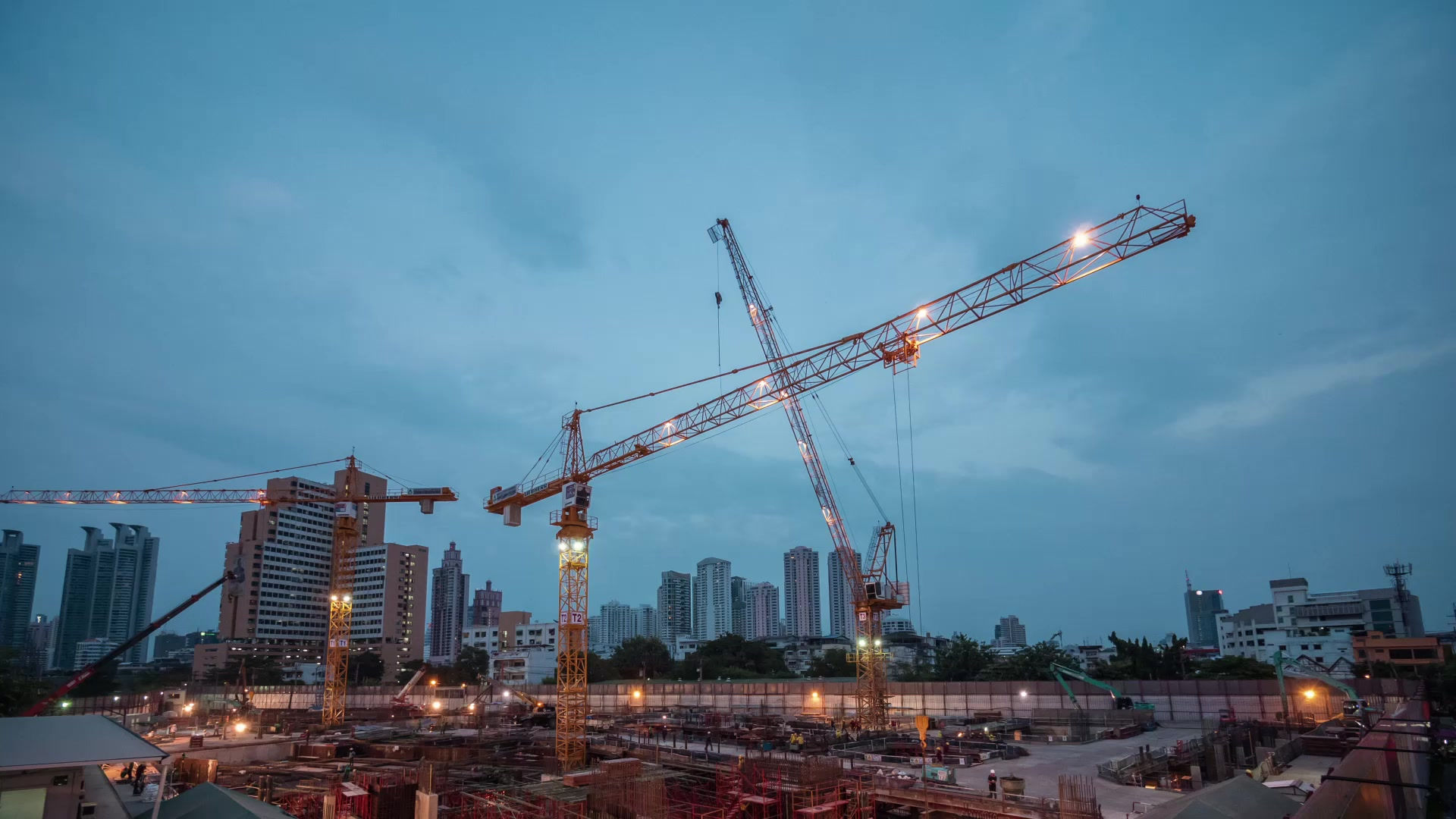How Machine Tool IIot Solutions are Shaping the Future of Tooling?
- mitsubishielectric1
- Jul 4, 2025
- 3 min read

Manufacturing is going to experience a major transition, and IIoT of machine tools (Industrial Internet of Things) solutions are the core of this change. These technologies are not just transforming the way machine tools are going to perform, but are also reshaping the future of tooling and automation of the factories. In conjunction with the conveyor system, the machine tool IIot solutions are establishing a new industry standard in which smart, flexible, highly efficient production environments are created.
Smart Factory for machine tool IIot solutions
The vision of a factory where all the machine tools, conveyors and sensors work harmoniously is fast becoming true. Machine tool IIoT solutions make it possible to connect the devices together, so the real-time exchange of data is possible and the intelligent work of the production line is provided.
Wireless and high-speed internet connections
A stable, fast wireless network is the backbone of today's IIoT implementations. New technologies such as 5 GHz Wi-Fi and Bluetooth Low Energy are allowing factories to install sensor and monitoring units throughout large shop floors without having to resort to massive cabling operations. Such wireless networks allow the integration of IIoT sensors in machine tools and conveyor system automations and give real-time information and access regarding equipment condition, performance, and possible problems. This leads to a very flexible, scalable architecture that can be ready for changes in the manufacturing system.
AI and Predictive Analytics: The Brain of IIoT
The intelligence of the IIoT solutions is due to artificial intelligence. AI-driven analytics uses machine-generated data (generated in large streams by the machine tools and conveyor systems) so that failures can be predicted in the machine equipment before they occur, production planning becomes optimised, and quality management is improved. With predictive maintenance in particular, there is a game-changer: sensors on machine tools can constantly monitor inside equipment wear or malfunction so that maintenance is only initiated when and where it is required, minimising expensive unplanned outages.
Digital Twins and Simulation
Another breakthrough brought about by IIoT is digital twins, which are virtual copies of physical assets. Rendering of machines is the ability of the manufacturers of the entire functioning of a machine tool or conveyor machine system in real-life hours, and so, for change testing or fault-solving purposes, without causing undue disturbance to the real manufacturing process takes place. Such capability is not only fast-tracking innovation but also makes certain tooling activities harmonised to realise high efficiency and grimness.
Automation of Conveyor System: The Ideal Partner
By connecting conveyor systems to the automation of machine tools with IIoT solutions, smart manufacturing is the next step in the right direction. The customizable design of automated conveyors allows varying throughput, routing and sequence based on real-time responses of connected machine tools. Such dynamic coordination facilitates easy flow of materials at every process of production and minimises the bottlenecks and making it possible just in just-in-time manufacturing.
Real-time decision making through Edge Computing
As IIoT devices create an expansion of data, edge computing has become necessary. Analysing the information near where it is produced on the factory floor, manufacturers are able to make decisions in real-time that keep the production lines operational. As an example, edge computing can be used to respond to a situation in a given machine tool instantly, e.g. by rerouting materials through the use of automated conveyors or providing maintenance teams with a warning to prevent the critical failure of a machine.
Replacement of Worn-Out Components and Efficiency
Manufacturing sustainability is also being promoted by IIoT solutions. Smart sensors and AI-based optimisation assist in ensuring that facts stay more energy-efficient, waste less, and comply with net-zero targets. An automatic real-time monitoring of machine tools and conveyors allows optimising resource usage and preventive maintenance to be carried out only in a required amount, which increases the useful life of essential equipment.
The Future of the Road: Opportunities and Problems
Although the advantages of machine tool IIoT solutions and conveyor system automation are quite obvious, manufacturers should take into account the issues of cybersecurity threats, data integration, and workforce upskilling. Nevertheless, companies that invest in these technologies will achieve a substantial competitive advantage, as not only will the productivity of their factories increase, but also their resilience and the ability to navigate changes in the market.
Conclusion
The future of tooling is illustrated by implementing machine tool IIoT solutions together with conveyor systems automation, which provide intelligent, interconnected, and very robust manufacturing structures. With the improved capabilities of the factory floor delivered by AI, wireless connectivity, and digital twins, manufacturers will continue to unleash new productivity, quality, and sustainability, which will usher in a new era of industrial revolution innovation.

.png)



Comments